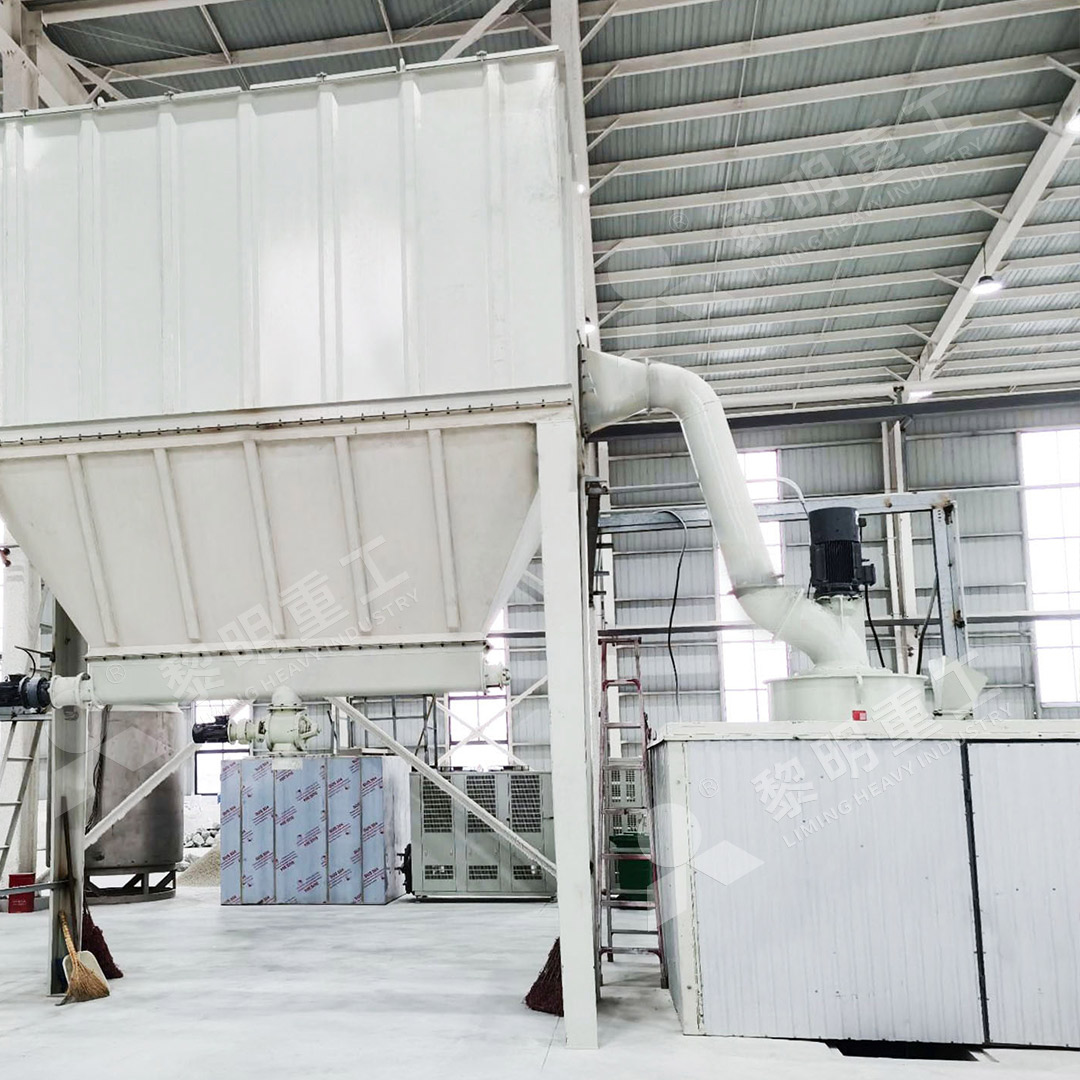High Calcium Stone Grinding Mill: Efficient Processing for Industrial Applications
High Calcium Stone Grinding Mill: Efficient Processing for Industrial Applications
In today’s competitive industrial landscape, processing high calcium minerals like limestone, calcite, and dolomite requires specialized equipment that delivers both precision and efficiency. These materials serve as critical components across numerous sectors—from construction materials to pharmaceuticals—demanding grinding solutions that maintain material purity while optimizing production throughput.

Traditional grinding methods often struggle with the specific challenges posed by calcium-based minerals. The abrasive nature of these materials accelerates wear on mechanical components, while the need for precise particle size distribution demands sophisticated separation technology. Furthermore, environmental considerations require dust and noise control measures that don’t compromise operational efficiency.
The Evolution of Calcium Mineral Processing
Over the past decade, significant advancements in grinding technology have transformed how industries process high calcium stones. The shift from conventional ball mills to more specialized equipment has yielded remarkable improvements in energy efficiency, product quality, and environmental compliance. Modern grinding systems now integrate multiple processes—crushing, drying, grinding, and classification—into streamlined operations that reduce footprint while enhancing output consistency.
One standout solution that addresses these complex requirements is our MW Ultrafine Grinding Mill. This advanced system represents a leap forward in grinding technology, specifically engineered for customers requiring ultra-fine powder production from calcium-rich materials. With an input size capacity of 0-20 mm and throughput ranging from 0.5 to 25 tons per hour, this machine delivers exceptional versatility across various production scales.
Key Technological Advantages
The MW Ultrafine Grinding Mill incorporates several proprietary features that set it apart in industrial applications. Its newly designed grinding curves for rollers and rings enhance grinding efficiency significantly—production capacity reaches 40% higher than jet grinding mills and double that of ball grinding mills, while consuming only 30% of the energy required by jet milling systems.

Perhaps most impressively, the mill’s cage-type powder selector, incorporating German technology, enables precise fineness adjustment between 325-2500 meshes with screening rates achieving d97≤5μm in a single pass. This precision allows manufacturers to tailor product specifications precisely to their application requirements without multiple processing stages.
Operational Reliability and Environmental Compliance
From a maintenance perspective, the MW Ultrafine Grinding Mill eliminates common failure points through its innovative chamber design—specifically, the absence of rolling bearings and screws within the grinding chamber prevents typical damage scenarios. External lubrication points enable continuous 24-hour operation without shutdowns for maintenance.
Environmental performance is equally impressive. The integrated efficient pulse dust collector ensures no dust pollution during operation, while silencers and noise elimination rooms reduce acoustic impact. The entire system complies rigorously with national environmental protection standards, making it suitable for even the most strictly regulated industrial settings.
For operations requiring vertical grinding configuration, our LUM Ultrafine Vertical Grinding Mill offers complementary capabilities with its input size of 0-10 mm and capacity of 5-18 tph. This system combines Taiwanese grinding roller technology with German powder separating technology, providing exceptional control over finished product whiteness and cleanliness.

Application-Specific Solutions
Across industries—from plastics and paints to pharmaceuticals and food additives—the consistent quality and adjustable fineness of these grinding systems enable manufacturers to enhance their product performance. The chemical purity maintained throughout the grinding process ensures that high calcium minerals retain their essential characteristics without contamination from mechanical wear.
As industrial requirements continue evolving toward greater efficiency and sustainability, advanced grinding technology like the MW Ultrafine Grinding Mill provides the foundation for next-generation manufacturing processes. By combining high throughput with precision control and environmental responsibility, these systems represent not just incremental improvement but transformational change in mineral processing.
Frequently Asked Questions
What makes the MW Ultrafine Grinding Mill suitable for high calcium minerals?
The MW Mill’s specialized grinding curves and absence of internal screws and bearings prevent contamination while providing the precise control needed for consistent particle size distribution in calcium-based materials.
How does the energy consumption compare to traditional grinding systems?
The MW Ultrafine Grinding Mill reduces energy consumption by up to 70% compared to jet mills and 50% compared to ball mills while achieving higher production capacity.
Can the fineness be adjusted during operation?
Yes, the cage-type powder selector allows real-time adjustment between 325-2500 meshes without stopping production, providing exceptional operational flexibility.
What environmental features are incorporated?
The system includes efficient pulse dust collection, silencers, and noise elimination rooms, ensuring full compliance with environmental protection standards.
How does the LUM Vertical Mill complement the MW series?
The LUM Vertical Grinding Mill offers alternative configuration for space-constrained facilities while maintaining similar precision and efficiency for ultra-fine powder production.
